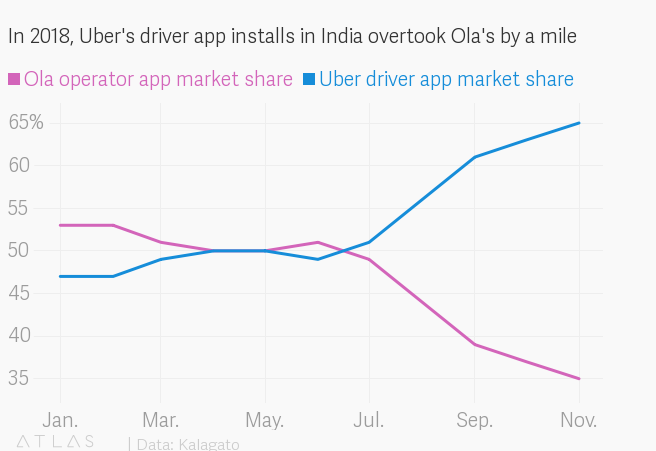Ground transportation has seen major disruptions in India with the rise of ride-hailing apps. While providing convenience and flexibility, these platforms have also faced challenges around sustainability and customer experience. This article analyzes three major players in Delhi - Meru, Ola and Uber - to understand their business models and how each attempts to address the key issues facing the industry.
Fleet Management and Driver Partners
Meru was one of the early entrants in the ride-hailing space in India. It follows a fleet ownership model where drivers can own the vehicles with financing support. Extensive training is provided at the Meru Training Academy to ensure standard operating procedures around safety, communication and passenger comfort are adhered to. This helps cultivate a more consistent experience compared to unverified drivers on other platforms. However, drivers are required to pay a daily rental and work every day without holidays, which can impact work-life balance. They also have to bear costs if vehicles breakdown with limited support. Ola and Uber follow an asset-light franchising model where independent drivers can join the platform with their own vehicles after verification. While providing flexibility, this means service quality depends more on individual driver training and accountability.

Revenue Streams and Pricing
Meru earns revenue from daily vehicle rentals and in-cab/exterior advertising. Fares are fixed at higher rates. This allows covering operational expenses but limits demand elasticity. Ola and Uber adopt dynamic pricing based on demand-supply patterns, starting rates lower to gain scale but increasing them during peak times.
They also offer discounts, cashbacks and promotions funded by venture capital to rapidly gain market share. While helping customer acquisition, the long-term profitability of such heavy subsidies is still unproven. Meru takes a more conservative approach focused on sustainable unit economics through diversified revenue streams.
Customer Experience and Responsiveness
Centralized fleet management through Meru’s command center aims to optimize driver deployment for shorter waiting times. However, instances of non-responsive drivers cancelling bookings and opaque cancellation policies dent the customer experience. In contrast, Ola emphasizes 24/7 call center support to address issues proactively like ride cancellations or delays. The mobile app also supports real-time tracking and expected time of arrival updates. This level of transparency and responsiveness has helped build goodwill, despite occasional driver cancellations beyond company control.
Safety and Background Checks
With drivers owning their vehicles, background verification becomes crucial for safety. Meru conducts strict screening during onboarding including reference and police checks. Ola and Uber also conduct KYC and drivers are regulated, but standards may vary. Ride cancellation policies also impact safety - Meru previously penalized cancellations while Ola allows cancelling if a driver or ride makes a passenger uncomfortable. Recent incidents underline the importance of continuous evaluation, refresher training and upgraded safety features like SOS buttons and share trip details. Strong governance is crucial as the market scales up.
Evolving Business Models
As competition intensifies between all three, business models will need to adapt further. Meru’s premium pricing may not sustain given price sensitivity. It is exploring new offerings spanning car rentals, ride-sharing and third-party deliveries to increase utilization and revenue streams beyond rentals.
Ola and Uber continue growing aggressively through subsidies and promotions for now, but must find a balance between growth and self-sufficient unit economics. Consolidation remains a possibility. Adopting fleet models for specific use cases or partnering with rental fleets can also optimize costs while maintaining service quality standards.
As transportation sees deeper convergence of private and shared mobility over time, successful on-demand platforms will require nimble strategies harnessing the efficiencies of both centralized and distributed operation models, along with strong safety oversight, to deliver consistent customer experiences at scale. The evolution of major players in Delhi will provide valuable lessons for others to learn from.

 A Comprehensive Guide to Exploring Seoul As A Tourist
A Comprehensive Guide to Exploring Seoul As A Tourist